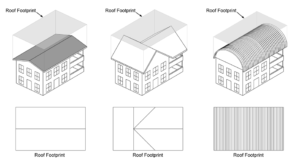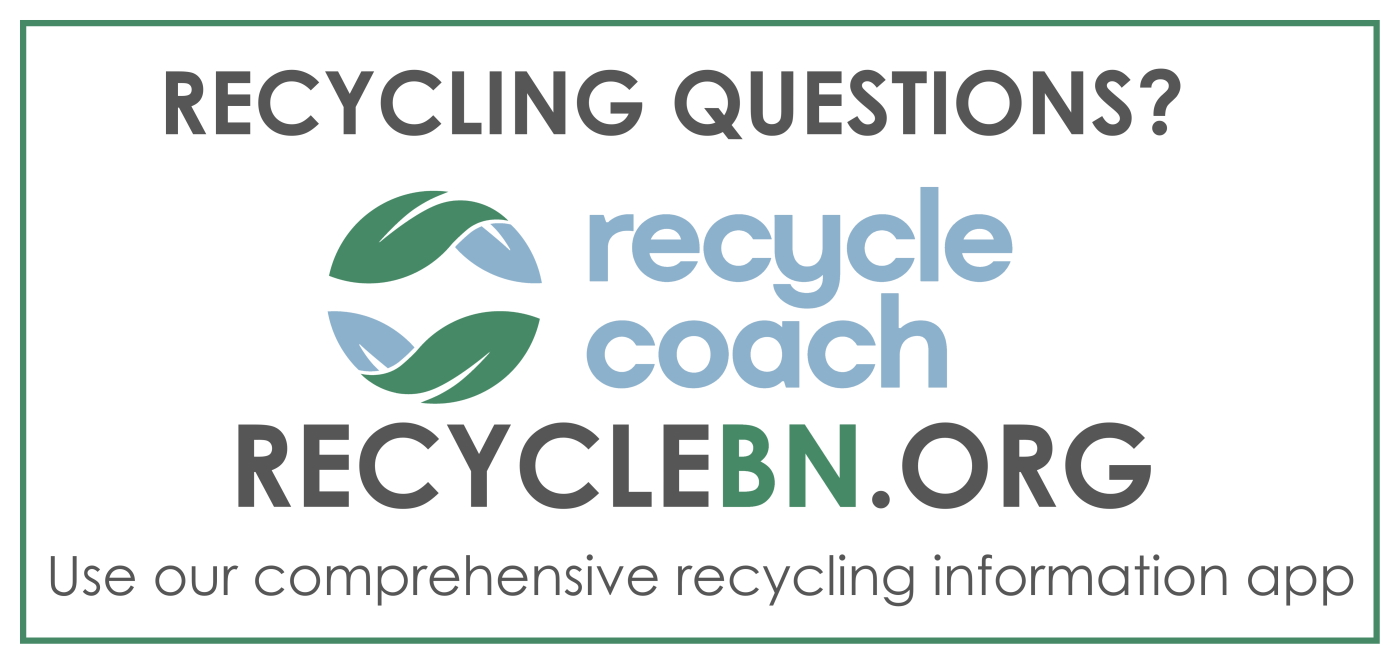Believe it or not, for every inch of rain that falls on a catchment area of 1,000 square feet, you can expect to collect approximately 600 gallons of rainwater. Ten inches of rain falling on a 1,000 square foot catchment area will generate about 6,000 gallons of rainwater! That’s right, 6,000 gallons! More than you were expecting?
Your roof catchment area also referred to as a roof footprint is equal to the total square feet of your house plus the extension of your eaves. You don’t need to consider the angle of your roof, like you would if you were buying roofing material, because rain falls evenly on every part of the roof.

Image used with permission from TAMU (Texas A&M AgriLife Extension, 2012)
To calculate the square feet of your house’s catchment area, measure the area of the outside walls and then include the overhang of any eaves. For example, let’s say you have an oblong house with outside dimensions of 36 feet by 46 feet. You have calculated the overhang of your eaves as 2 feet. So, add the 4 feet of the eaves to each wall length (2 eaves of 2 feet equals an additional 4 feet for each wall) to get the total length of the walls plus the eaves (40 by 50 feet).
Now multiply 40 times 50 (length times width) to get your total roof catchment area.
(36 + 4) x (46 + 4) = 2,000 sq ft
Your roof catchment area is thus 2,000 square feet.
Since one inch of rainfall provides approximately 600 gallons of water for a 1,000 square foot catchments area, and our theoretical house has a 2,000 square foot catchments area (twice the area), you will multiply 600 gallons by 2.
600 gal x 2 = 1,200 gallons
If you have an average rainfall of say 20 inches per year, you have the potential to collect 24,000 gallons of water in one year. You can use the US Weather Average Temperatures and Rainfall in US Cities Web site to get a good idea of the average rainfall in your area.
1,200 gal x 20 inches of rain = 24,000 gal
Depending on the needs of your household, that can be significant amount of water to augment your water supply.
You should consider that rainwater harvesting systems aren’t necessarily 100% efficient. Most sources estimate efficiency between 70% and 90%. All rainwater harvesting systems lose some of the rainwater. The water may spill out of the gutters or the wind may blow it away. Evaporation will undoubtedly affect some of it. To maximize your collection of rainwater, you can use out buildings such as barns or sheds. If you’re creative, you can even use rainwater from a patio or other paved areas around your house.
How Much Municipal Water Do I Already Use Without a Rain Barrel?
To get an idea of how using rainwater from rain barrels will impact your overall water use, you need to have some idea of how much water you currently use each year without a rain barrel. First off, track down your utility bills if you rely on municipal water. You will need to refer to them for your calculations. If you have your own well, this step will be a bit more complicated, so we will address it in the next section.
Your utility bills are usually calculated in CCF (The first ‘C’ represents the Roman numeral C, which equals 100; the second ‘C’ stands for cubic; the ‘F’ stands for feet.) One CCF equals 100 cubic feet of water, which is equivalent to 748 gallons.
If, for example, you have used a total of 110 CCF for the year, you can multiply 110 x 748 to determine the number of gallons.
110 CCF x 748 = 82,280 gal
Using our previous calculation of 24,000 gallons of rainwater collected for our theoretical house, if your current use is 82,280 gallons, it may appear that collecting rainwater would not have a significant impact. However, household usage does not change much during the year, but landscape usage will vary considerably. In many areas the largest amount of rain falls in the winter, so you probably would not immediately use the rainwater for landscaping until it gets drier. By following the steps below, you will probably see that a lot of your water usage, up to fifty percent or more, is from watering your garden during the dry months.
Check your water bills again and look at how much water you use in the rainy season. Also refer once again to the average rainfall for your area that you calculated previously. With this information in hand, you can now estimate how much water is used in the house as opposed to the landscape.
By turning on each water faucet in the house and measuring how much water comes out in a given period of time and then estimating how many minutes each faucet is used each day, you can have a pretty good idea of indoor usage. For example, turn on the water in your shower and catch it with a one-gallon container. If it fills up in thirty seconds, you know that a shower will use two gallons per minute. Now estimate the amount of time spent in the shower by members of your household.
You will also want to measure toilet water usage. You can check your toilets by turning off the supply valve and flushing the toilet. Use your one-gallon container to fill it back up. That will tell you how many gallons it uses for each flush. Multiply the number of gallons by the number of flushes per day to get your estimate. You may also want to consider changing to a lower use water tank for your toilet to save even more water. There are low-volume flush toilets available that use around a half a gallon of water per flush!
Now that you have calculated your household use as compared to your landscape use, you will see more clearly the benefits of a rain barrel for collecting rainwater. By using the 24,000 gallons of harvested rainwater during the dry season, you will greatly reduce municipal water system stress. Also, because many municipalities charge extra for high water usage during the summer, you may see additional savings during the summer months.





